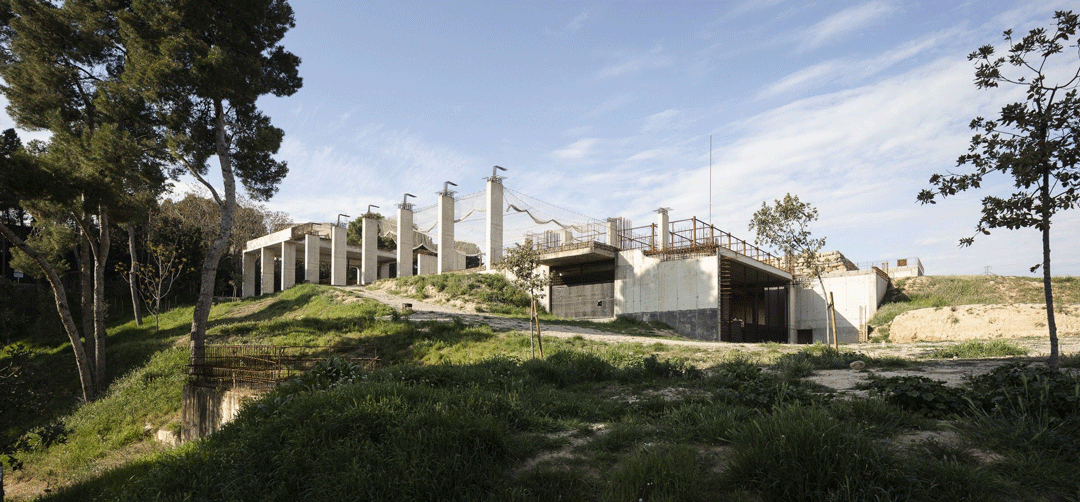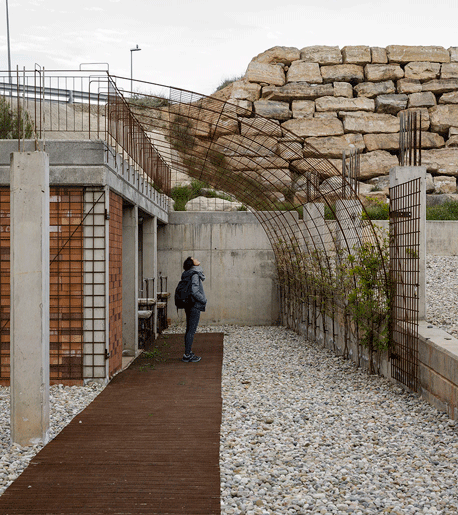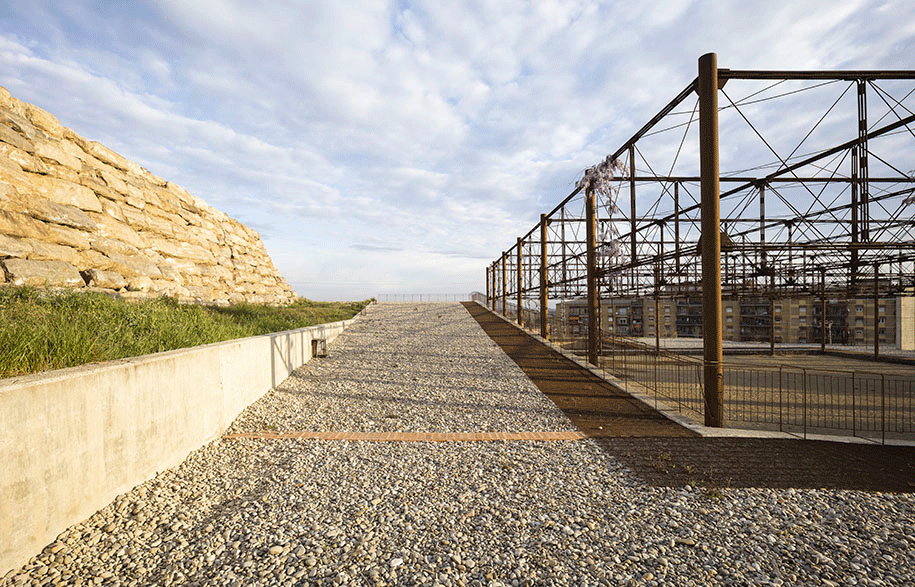Climate change has evoked human failure to identify, understand and act on environmental issues worldwide. With humans dominating the earth, our carbon footprint increases every day. The planet’s ability to handle our needs is under stress and so we need carbon-free reforms.
The world enjoys material wealth however that comes at the cost of causing detrimental effects on our environment. Due to this, focussing on a renewable resource-based economy is the way to move forward. However, with that comes the recognition of our effect on the earth and how to manage the impact.
One such initiative took place in 2008 during the brief of a competition called when the planning process for the Climate Museum in Lleida was formed with its sustainable architectural design by Toni Girones. Sustainable Development of infrastructure is where you develop the need to reduce the life cycle cost of the structure and the negative impact on the environment. With an area of 12,000 square meters, the building aimed to create a climate-friendly museum, containing space with a stable temperature that ranged from 18-25 degrees throughout the year and in all its halls. However, not following these instructions, the studio continued to propose other solutions to understand the natural climate and its processes as a true reflection of the proposal diluting the limits and projecting the different transitions.

The surrounding areas are classified as green areas and so the materials used in the movement of the land were optimally used. It activated vegetation of the place as the climate was of utmost significance in the project. Nature was protected with water and its natural cycle managing the degrees of humidity in the infrastructure and covering its needs in the building. The project deeply understood the museum as a single public space in the continuity. In the said area, the air is also classified as a warm breeze from the western plateau.

Unfortunately, due to the economic crash, the project faced interruptions at the same moment when the first phase of the museum was finished in 2011. The significance of the climate museum lies in its mission to inspire action for climate crisis taking along arts and sciences that can deepen the understanding, and build connections and solutions to fight hazardous environmental effects. The architecture by Girones focuses on sustainable infrastructure which is a tremendous achievement for climate activists for the concept to rise and be implemented. For change to take place, identifying the issue and creating a plan prove to be the focal point in any action plan.
Reflected through United Nations Sustainable Developmental Goals, sustainable infrastructure throws light on the pursuit of Industry, Innovation, and Infrastructure along with Sustainable Cities and Towns highlighting the need for sustainable goals of preserving the ecological processes to maintain human diversity, equity, health and functioning of natural systems. It's not only about new projects but about the reuse and optimization of infrastructure as by the design of Girones he curated.

Although the museum is incomplete, different interventions have taken place between 2015-2018 with acknowledgement of the pre-existing elements in the area and activation of a new condition of the place called a pergola of 900 m2 and the gravity centre of the project. This complements different logistic services and areas to be applied in different seasons.
As Girones stated, “We think our projects are from people’s day-to-day experiences, identifying the thresholds of uses in relation to the immediate surroundings, prompting interchanges and blurring the boundaries between the different relation spaces. When designing, we try to understand the site and its conditions in the most objective possible way, thus interpreting architecture as a frame in which the user interacts with the environment and adapts it to their needs. We work with materials taking account of their physical properties, their terms of use and the function to which they were originally thought.”
Therefore, we see the need for sustainable infrastructure through Girone’s brilliant architectural plan for the Climate Museum. Investment in sustainability is not only crucial to renew old equipment and buildings but to fight against climate change bolstering green economic growth for environmental protection.
To learn more about Girone’s Climate Museum, click here.
